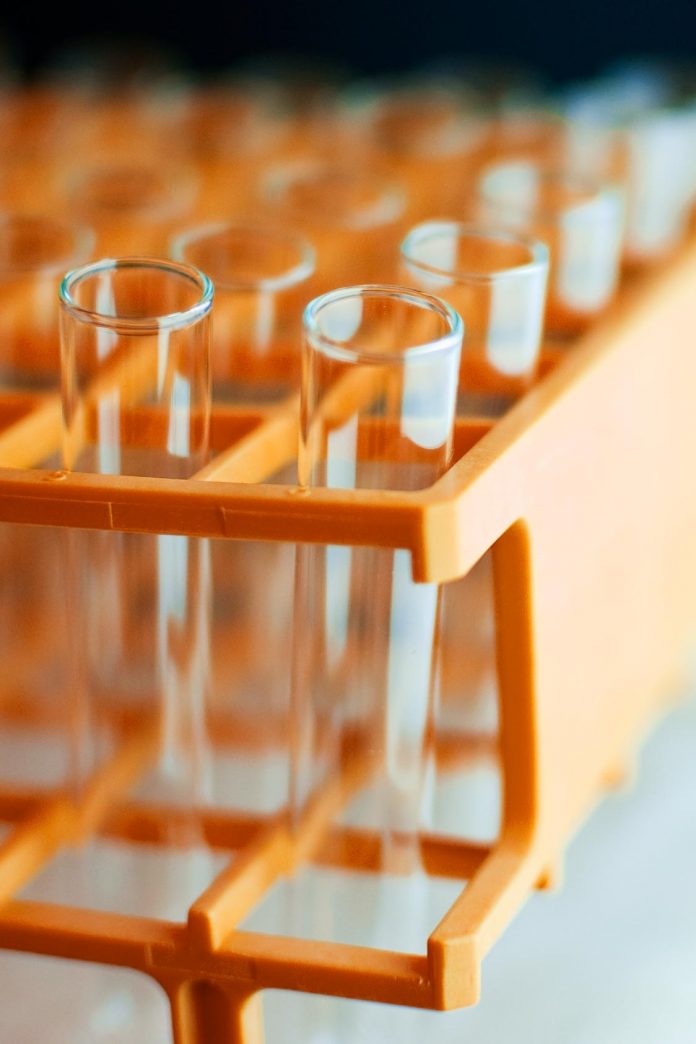By NOEL MURPHY
LEUKAEMIA victims could face a better chance of survival under new technology developed in Geelong.
The Deakin University research into a super-speed stem cell growth device could begin helping seriously-ill patients within a few years.
Deakin hopes the technology will boost recovery times for transplant patients needing stem cell treatments.
Researchers at Deakin’s Institute for Frontier Materials (IFM), in Waurn Ponds, have been working with Geelong biotech company Cytomatrix and Monash Institute of Medical Research to develop the speed-culture device.
Dr Cynthia Wong, who coordinated the biology effort, said the device could be available in one or two years, with cell products manufactured for clinical trials soon after.
Cytomatrix is raising funds for the project.
Less than .1 per cent of umbilical cord blood contains stem cells that can be used for therapy, underscoring the importance of the research breakthrough.
“One of the most important aspects of our research is that we’ve devised a way to expand the number of suitable stem cells substantially in only an eight-day incubation period,” Dr Wong said.
“We’ve been working at small scale but, now we have the know-how, it’s just a matter of getting the systems in place for scaling up.”
Associate Professor Mark Kirkland, chief scientific officer at Cytomatrix and team leader in biomaterials at the IFM, said the research would help to reduce transplant recovery time from 26 to 16 days.
“This faster recovery time will definitely lead to improved survival rates because around 20 per cent of transplant recipients die within the first month as a result of fatal infections,” he said.
More than 1000 stem cell transplants were conducted in Australia each year, Prof Kirkland said.
“Cord blood is an increasingly important source of stem cells for these transplants but the limited number of stem cells in cord blood limits its use in adults. Being able to generate more stem cells from cord blood in the laboratory has the potential to make this important treatment option available for everyone.”







